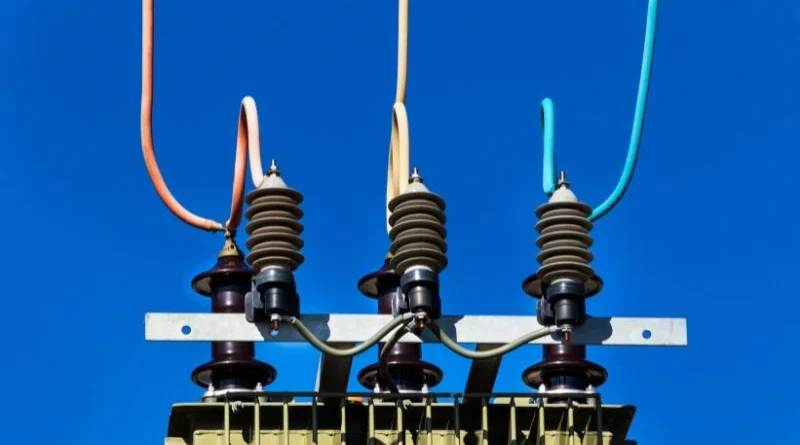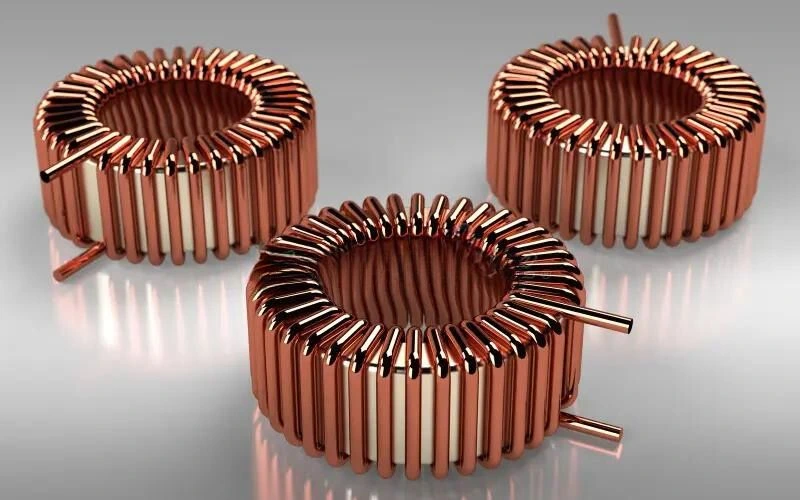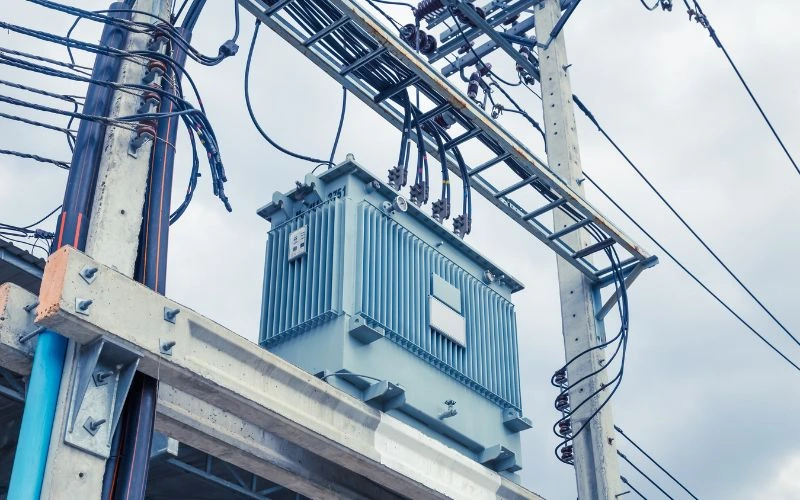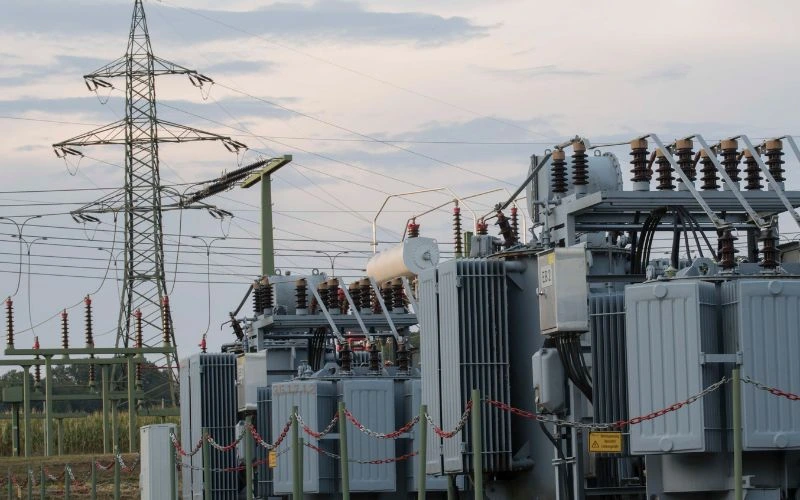
The electrical transformer industry has been revitalized by the introduction of the Berry transformer, a revolutionary innovation that is reshaping the power distribution landscape. Named for its distinctive winding configuration that resembles a bunch of grapes, this transformer is a technological marvel and a solution that meets the growing needs of power systems. In this investigation, we will delve into the applications that make Berry transformers indispensable, reveal the benefits that set them apart, and examine the advanced features that lead them into the future of sustainable and efficient energy distribution.
Understanding Berry Transformers

Berry-type transformers, also known as berry transformers, represent a paradigm shift in transformer design. Unlike traditional transformers, they get their name from their unique winding configuration, which resembles a bunch of grapes. This innovative design offers several benefits, including increased efficiency and reduced energy losses.
Main components and construction
The heart of every Berry transformer is its distinctive winding arrangement. The core is made of high-quality magnetic materials that improve the magnetic properties of the transformer. The winding is carefully arranged to minimize leakage flux and optimize the magnetic circuit, resulting in a more efficient power transfer process.
Berry Transformer Applications
Berry-type transformers have a wide range of applications, from powering urban substations in densely populated areas to seamless integration with renewable energy sources such as wind farms. Its adaptability also extends to industrial power plants, whose robust design meets the high requirements of production facilities and data centers.
Electricity distribution networks
Berry-type transformers are widely used in power distribution networks. Their improved efficiency makes them ideal for increasing or decreasing voltage levels, ensuring a consistent and reliable power supply for homes, businesses and industries.
Integration of renewable energies
The evolving renewable energy landscape requires transformers that can adapt to fluctuations in power inputs. With their superior performance characteristics, Berry transformers are crucial for the integration of solar and wind energy into the grid.
Industrial applications
Industries with high power requirements benefit from the compact design and efficiency of Berry transformers. Their ability to handle large loads makes them suitable for heavy-duty applications such as factories and refineries.
Advantages of Berry transformers

Berry transformers offer a competitive advantage through increased efficiency, compact design and reduced maintenance. The unique winding configuration minimizes energy losses, resulting in cost savings and environmental benefits. Their spatial efficiency is particularly beneficial in urban environments and their reliability makes them the preferred choice for critical energy infrastructure.
Improved efficiency
The unique winding configuration of Berry transformers minimizes power losses and results in greater efficiency compared to traditional transformer designs. This leads to cost savings and reduced environmental impact.
Compact design
Berry transformers feature a compact design, making them compact and suitable for installation in areas with limited space. This is particularly beneficial in urban environments where space optimization is critical.
Reduced maintenance effort
The robust construction and optimized design of Berry transformers contribute to longer service life and reduced maintenance requirements. This results in less downtime and greater reliability of critical power infrastructure.
Comparison with conventional transformers
| Special feature | Berry type transformers | Conventional transformers |
|---|---|---|
| Winding configuration | Pile of berries | Conventional Spiral Wrapping |
| Efficiency | Higher | standard |
| height and weight | Compress | Bulky |
| Maintenance Requirements | Reduced | Regular |
| Forms | Diversified | Conventional electrical networks |
Advanced Features and Innovations in Berry Transformers

Berry transformers offer a competitive advantage through increased efficiency, compact design and reduced maintenance. The unique winding configuration minimizes energy losses, resulting in cost savings and environmental benefits. Their spatial efficiency is particularly beneficial in urban environments and their reliability makes them the preferred choice for critical energy infrastructure.
Smart Grid Integration
The development of smart grid technology has opened up new possibilities for the integration of Berry-type transformers. These transformers can be equipped with sensors and communication modules for real-time monitoring and control. Smart grids powered by Berry-type transformers enable efficient energy distribution, load management and rapid response to faults, contributing to a more resilient and responsive energy infrastructure.
Environmental sustainability
Berry type transformers are an excellent environmentally friendly solution in times of growing environmental awareness. The lower energy losses and compact design contribute to reducing greenhouse gas emissions and are in line with global initiatives for sustainable energy practices. As governments around the world emphasize the transition to clean energy, Berry transformers are playing a key role in building a greener future.
Resistance to fluctuating loads
Berry-type transformers exhibit exceptional resilience under fluctuating loads, making them suitable for scenarios where power demand fluctuates unpredictably. This feature is particularly valuable in systems with a high proportion of renewable energy sources, where power generation may be intermittent. The adaptability of Berry transformers ensures stable and reliable power supply regardless of load fluctuations.
Future challenges and opportunities
Although Berry-type transformers have undoubtedly revolutionized the transformer landscape, there are still challenges and opportunities ahead. Ongoing research focuses on solving problems such as further reducing the footprint of transformers, improving their adaptability to new technologies and ensuring compatibility with evolving safety standards.
As technology advances, Berry transformers will likely play a central role in the development of futuristic energy systems, including the integration of artificial intelligence for predictive maintenance and power flow optimization.
Conclusion
In conclusion, the Berry transformer is a testament to innovation and progress. From urban substations to wind farms and industrial plants, its applications are diverse and transformative. Its benefits, including improved efficiency and reduced environmental impact, make it a key player in the development of sustainable energy solutions. As we look to the future, continued advancements and research in Berry transformers usher in a future where efficient, resilient and environmentally friendly power distribution will become the norm, paving the way for a greener, more technologically advanced world.
Common questions
1. How do Berry transformers help save energy?
Berry transformers help save energy by minimizing energy losses through their unique winding configuration. This innovation increases efficiency, reduces energy consumption and reduces environmental impact.
2. Can Berry-type transformers be retrofitted into existing power systems?
Yes, Berry type transformers are designed to be adaptable, meaning they can be easily retrofitted into existing electrical networks. This allows efficiency to be improved without major changes to infrastructure, making them a practical choice for power grid modernization.
3. Are there research initiatives underway to further improve Berry transformers?
Berry-type transformers provide environmental benefits by reducing energy losses, thus reducing greenhouse gas emissions. Furthermore, its compact design minimizes material consumption, which is in line with global resource efficiency efforts and contributes to a more sustainable and environmentally friendly energy infrastructure.

